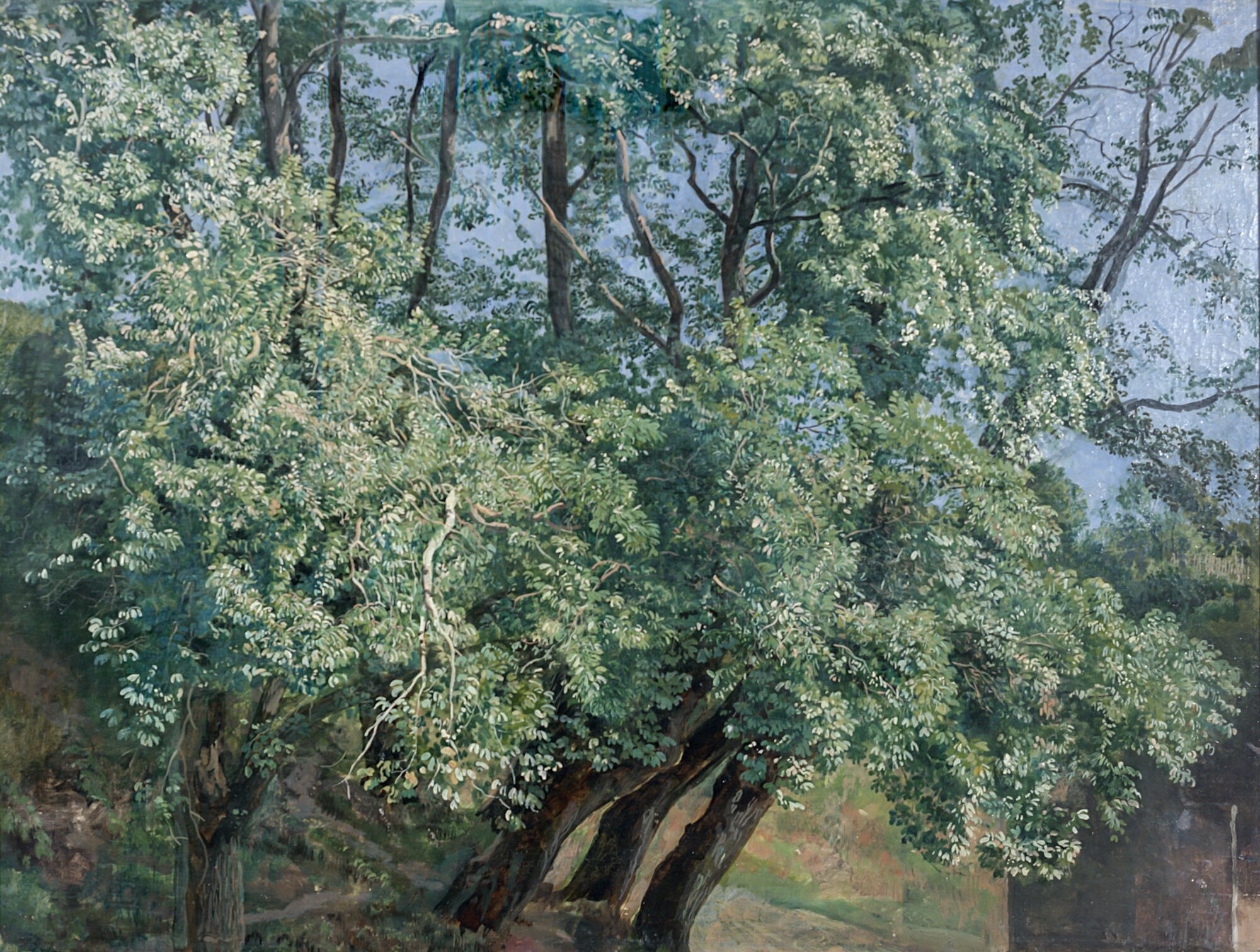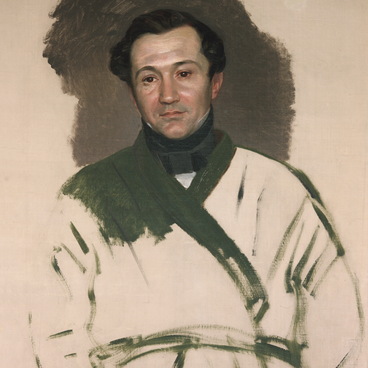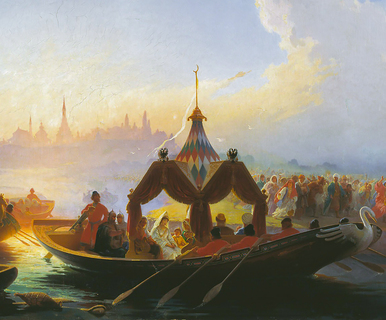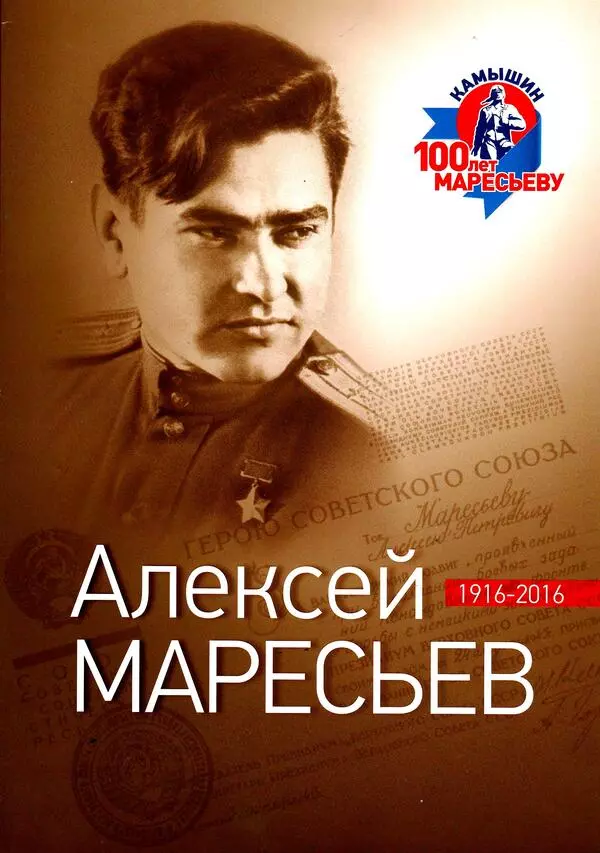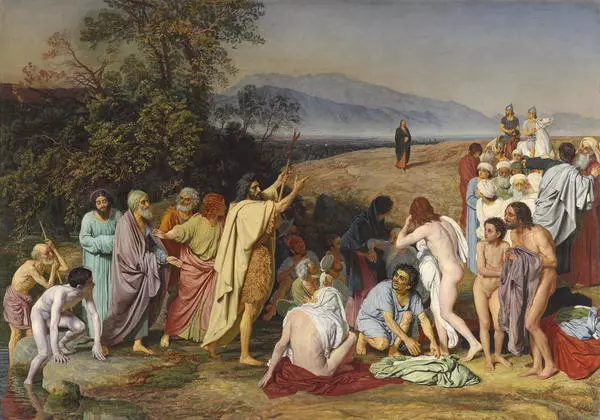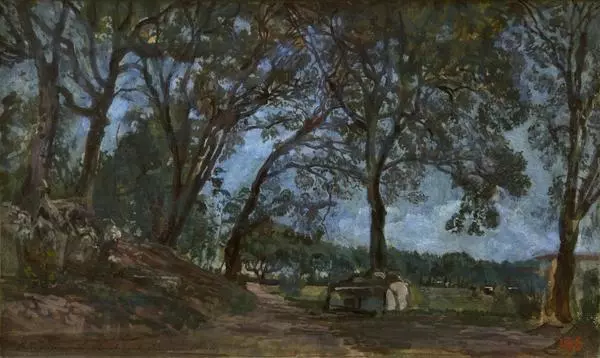The artist Alexander Andreevich Ivanov devoted twenty years of his life to his most famous work “The Appearance of Christ to the People.” While working on this painting, he created more than six hundred studies and sketches. The picture “Olive Trees Near the Ariccia Fountain on the road to Genzano” is one of them.
In 1830, the 24-year-old painter Alexander Ivanov went to Italy at the expense of the Imperial Society for the Encouragement of Artists. As part of the curriculum, he copied Michelangelo’s fresco “The Creation of Adam.” Ivanov was highly impressed by this work of art and began to look for an equally awe-inspiring motif for his own painting. The artist decided to depict the moment when Christ started his earthly ministry and appeared to the people. Ivanov began his large-scale work on the painting “The Appearance of the Messiah” that was to become “The Appearance of Christ to the People.”
Alexander Ivanov traveled a lot around Italy, studied the works of famous painters, and created studies for each character — in pencil and oil paints. In Rome he went to a synagogue and carefully peered at the movements, facial expressions and features of the local parishioners, and studied the Holy Scriptures. In search of models, the artist worked with sitters and copied existing portraits. According to one version, Nikolai Gogol became the prototype of the figure that is the “closest one to Christ.”
The artist studied nature just as carefully, and honed his skills in landscape painting.
In 1830, the 24-year-old painter Alexander Ivanov went to Italy at the expense of the Imperial Society for the Encouragement of Artists. As part of the curriculum, he copied Michelangelo’s fresco “The Creation of Adam.” Ivanov was highly impressed by this work of art and began to look for an equally awe-inspiring motif for his own painting. The artist decided to depict the moment when Christ started his earthly ministry and appeared to the people. Ivanov began his large-scale work on the painting “The Appearance of the Messiah” that was to become “The Appearance of Christ to the People.”
Alexander Ivanov traveled a lot around Italy, studied the works of famous painters, and created studies for each character — in pencil and oil paints. In Rome he went to a synagogue and carefully peered at the movements, facial expressions and features of the local parishioners, and studied the Holy Scriptures. In search of models, the artist worked with sitters and copied existing portraits. According to one version, Nikolai Gogol became the prototype of the figure that is the “closest one to Christ.”
The artist studied nature just as carefully, and honed his skills in landscape painting.
